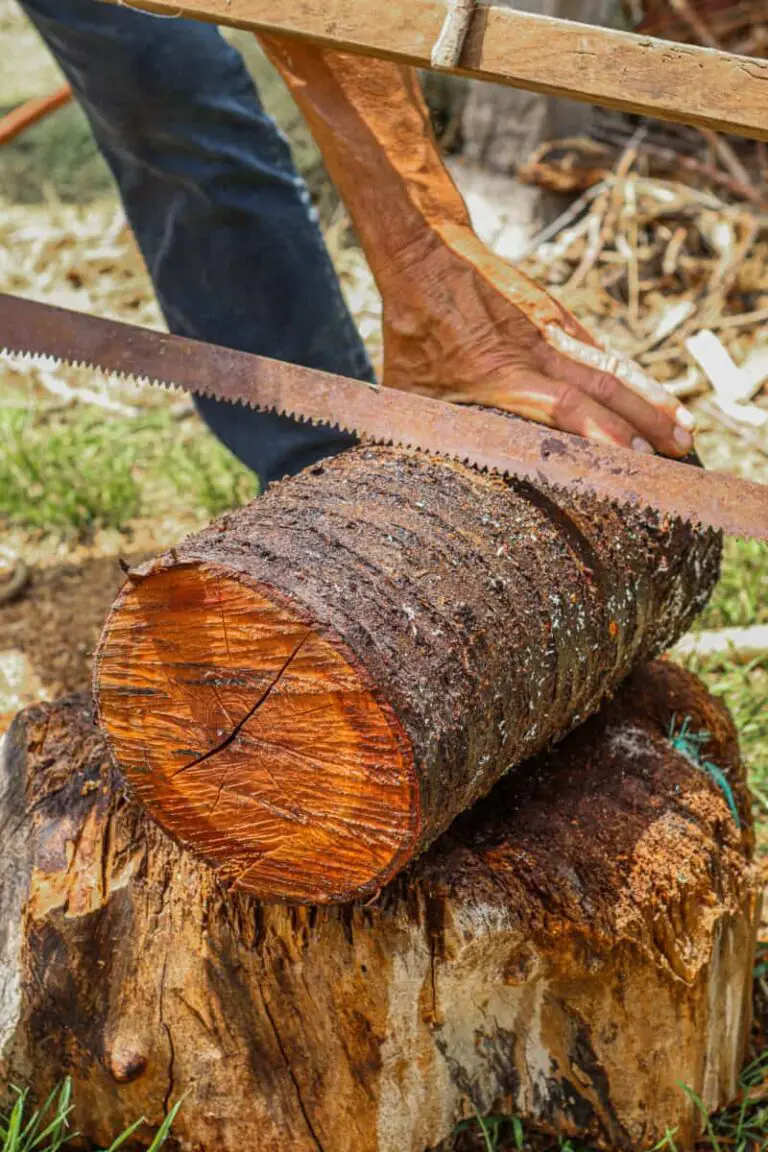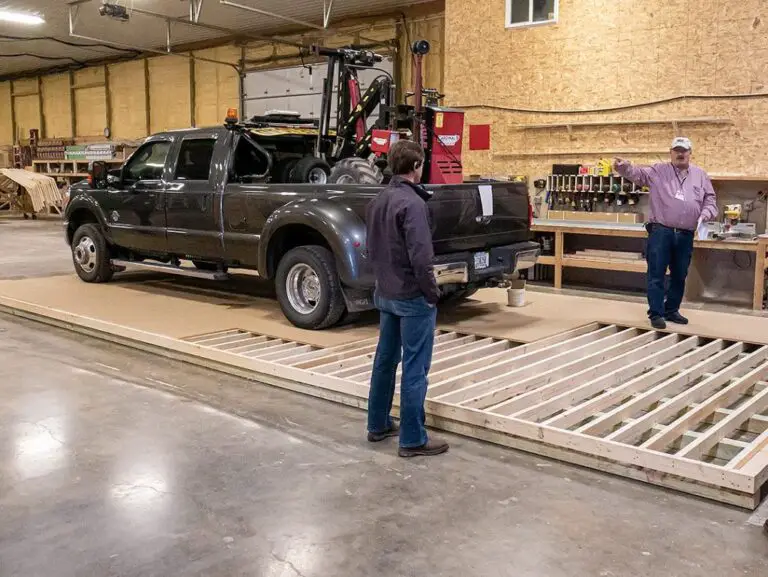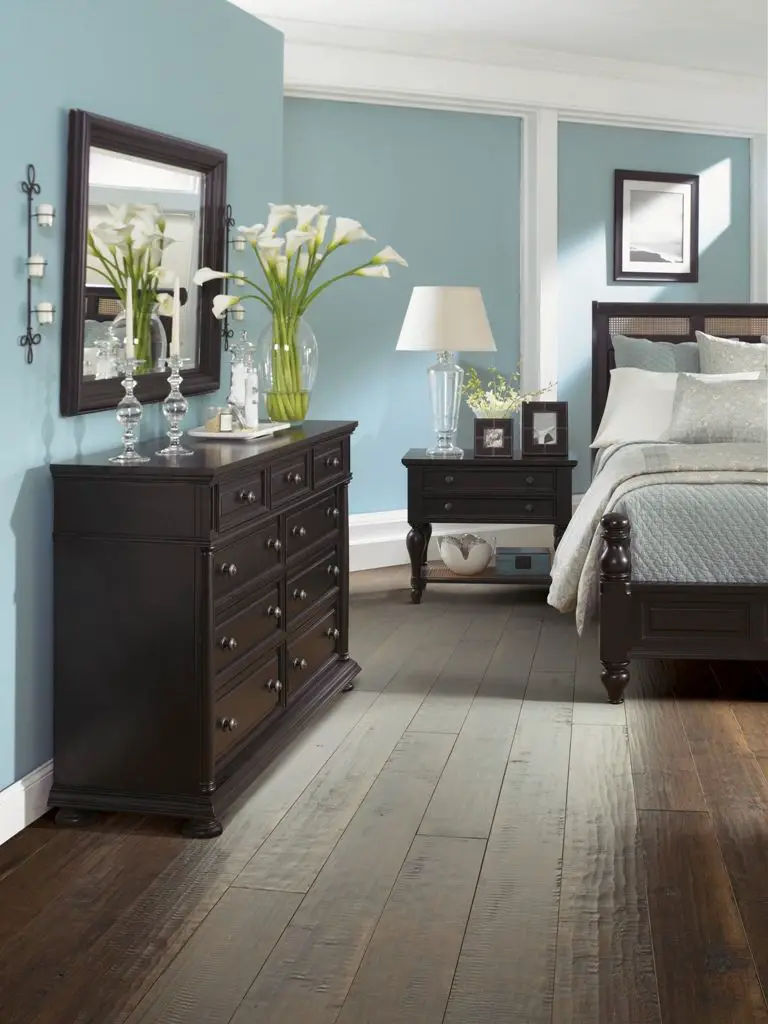Is WPC Cheaper Than Wood? Discover the Cost-Effective Option
Wood Plastic Composite (WPC) and wood are both popular materials used in construction and outdoor decking. When it comes to cost, many people wonder if WPC is cheaper than wood. In this article, we’ll explore the cost differences between WPC and wood, and consider other factors to help you determine which material is more cost-effective for your project.
Cost of WPC vs. Wood
When comparing the cost of WPC and wood, it’s important to consider both the upfront expenses and the long-term maintenance costs.
WPC typically has a higher upfront cost than wood. This is because WPC is a composite material made from a mixture of wood fiber and plastic, which can result in higher manufacturing and processing expenses. On the other hand, wood is a natural material that is widely available, making it generally more affordable at the time of purchase.
However, the long-term maintenance costs of wood should also be taken into account. Wood decking requires regular maintenance such as staining, sealing, and occasional repairs. Over time, these maintenance expenses can add up, making wood a more costly option in the long run.
On the contrary, WPC is known for its low maintenance requirements. It does not need to be stained, sealed, or treated, which can save you money on maintenance in the long term. Additionally, WPC is resistant to rot, decay, and pests, further reducing maintenance costs compared to wood.
Factors Affecting Cost Comparison
Several factors can influence the cost comparison between WPC and wood:
- Installation Costs: While the upfront cost of WPC may be higher, its installation process can be more efficient and cost-effective compared to wood decking. WPC boards often come with interlocking systems that make installation faster and easier, potentially reducing labor costs.
- Lifespan: Consider the lifespan of the decking material. While wood can last for many years with proper maintenance, WPC is known for its durability and longevity, potentially offering more value for the initial investment.
- Resale Value: If you plan to sell your property in the future, the aesthetic appeal and durability of WPC can contribute to a higher resale value compared to wood decking, which may have aged and require more maintenance.

Credit: info.floordecorct.com
Environmental Considerations
Aside from cost, it’s essential to consider the environmental impact of the materials. Wood decking, when sourced from responsibly managed forests, can be a sustainable option. However, deforestation and environmental concerns are associated with unsustainable wood sourcing.
WPC, being made from recycled materials such as wood fiber and plastic, offers an environmentally friendly alternative to traditional wood decking. By using recycled materials, WPC reduces the demand for virgin wood and plastic, contributing to a more sustainable construction industry.
Frequently Asked Questions Of Is Wpc Cheaper Than Wood? Discover The Cost-effective Option
Is Wpc A More Cost-effective Option Compared To Wood?
WPC can be more cost-effective than wood in the long run due to its low maintenance and durability.
Does Wpc Have A Higher Initial Investment Than Wood?
While initial costs may be higher, WPC’s long-term benefits make it a cost-effective choice.
What Makes Wpc A Cheaper Alternative To Wood In The Long Run?
WPC’s resistance to rot, decay, and insect damage reduce maintenance costs over time.
Can Choosing Wpc Over Wood Lead To Long-term Cost Savings?
Opting for WPC can result in long-term savings due to its minimal maintenance and longevity.
Conclusion
While WPC may have a higher initial cost compared to wood, its long-term advantages, including low maintenance requirements and durability, can make it a more cost-effective option over time. When evaluating the cost, it’s crucial to consider the overall expenses, including installation, maintenance, and environmental impact.
Ultimately, the decision between WPC and wood will depend on your specific budget, preferences, and project requirements. By weighing the cost factors alongside other benefits, you can make an informed choice that meets both your financial and construction needs.





